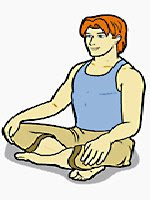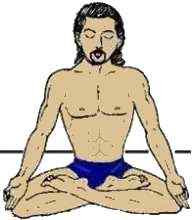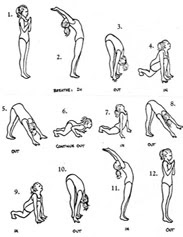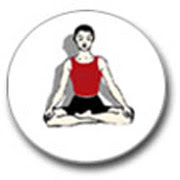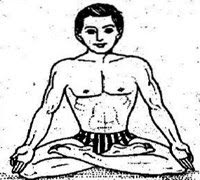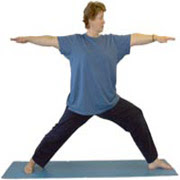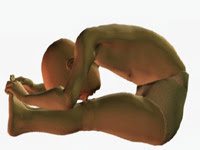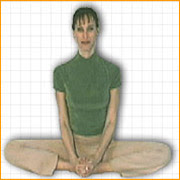Yoga can help control hair loss problems by strengthening weak body parts. Hair Growth is controlled by the endrocine glands and hormones, known as androgens. Loss of blood supply to these glands, affects hair growth. Yoga & Meditation can help these hormones to renew their energy levels, thus improving the condition of your hair.
Kandharasana:

Helps to Keep the glandular health in good condition.
Pranamasana:

Helps to flood the pituitary with blood and nourish hair roots.
Technique for Pranamasana
Sit on your heels (vajarasana) and hold your calves Take a deep breath Exhaling, bend forward and keep the forehead on the ground Retaining the breath, lift your hips up and roll your head on the ground so that the corner of the head (where Brahmins traditionally keep their tuft of hair) takes the load Hold the posture for as long as comfortable Rolling the head back, sit on the heels Inhaling, lift the head and return to the upright position After a few normal breaths, practice it again Repeat five times Then lie down in shavasans for 10 breaths Not for people suffering from, heart ailments, high blood pressure, or a weak neck (cervical spondilitis), this asana must be practiced on a firm but not a hard floor. For this asana, folded blanket is the ideal spread. The following practice is also very effective in controlling hair loss
Sit in vajarasana Taking a horn comb and use it to comb your hair back while repeating the mantra sheeth, sheeth Practice it for ten minutes
Courtesy: Times Wellness . com
Note: You must always exercise these asanas, by keeping your basic health in check; Incase your health practitioner has warned you not to do any exercise / asana, you must always abide by the same. We would not be responsible for any physical injury caused due to your not following your doctor's advise.













